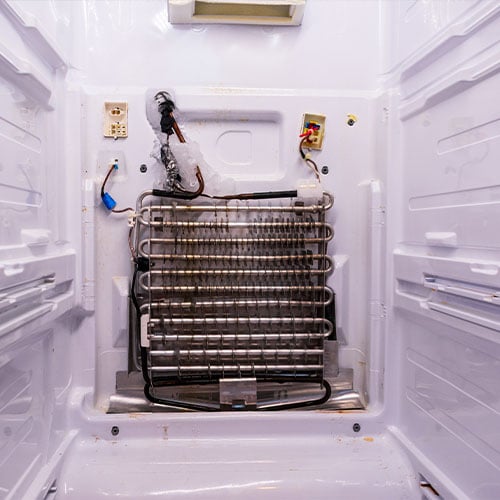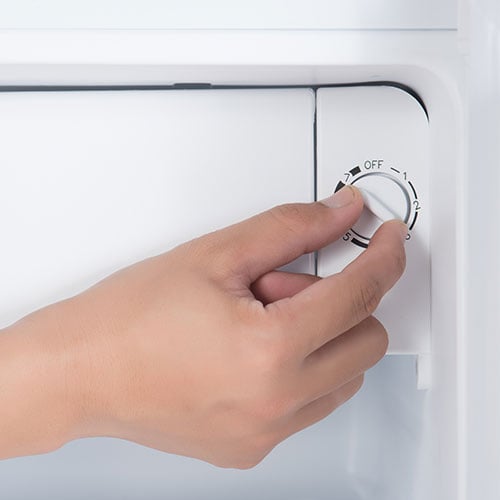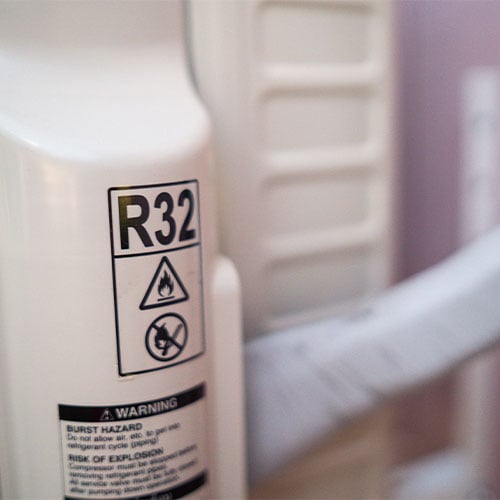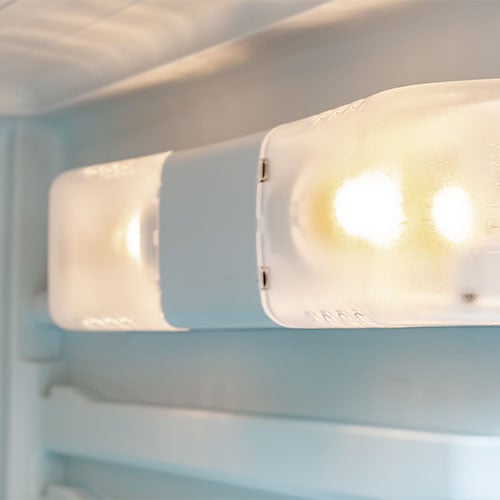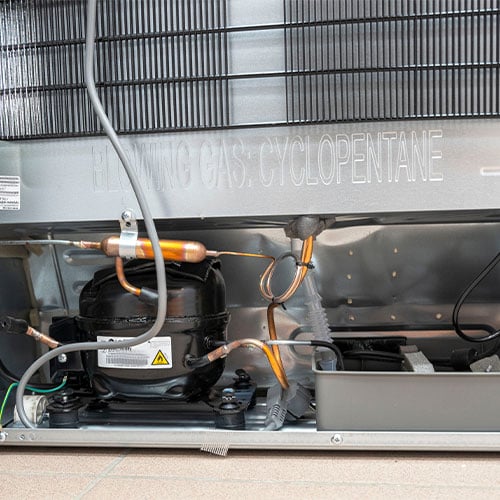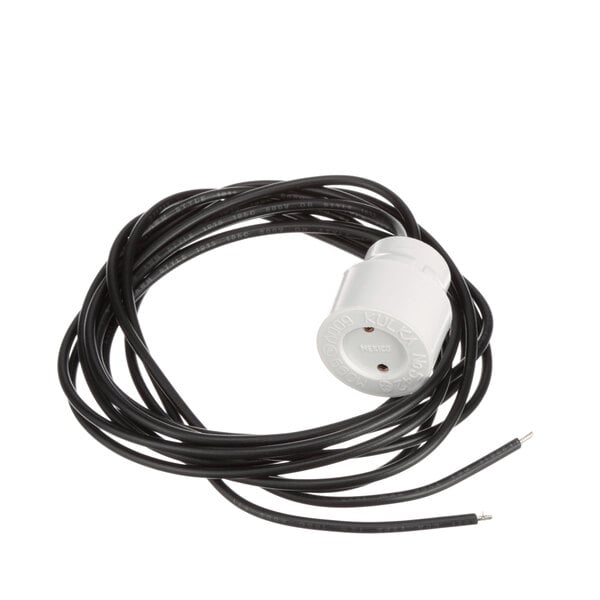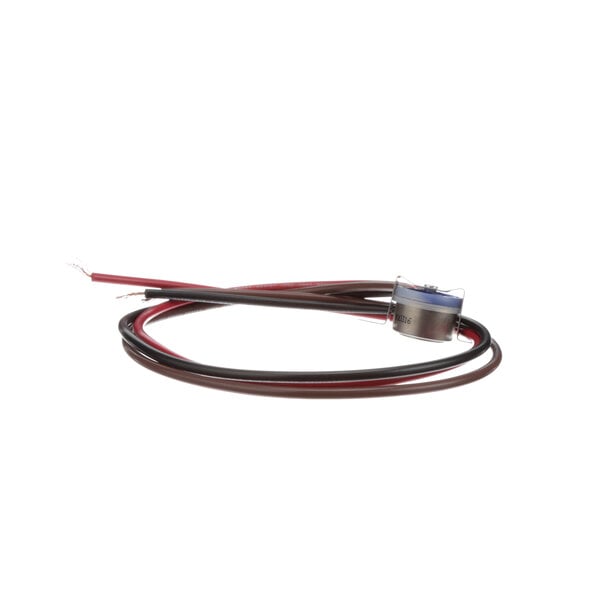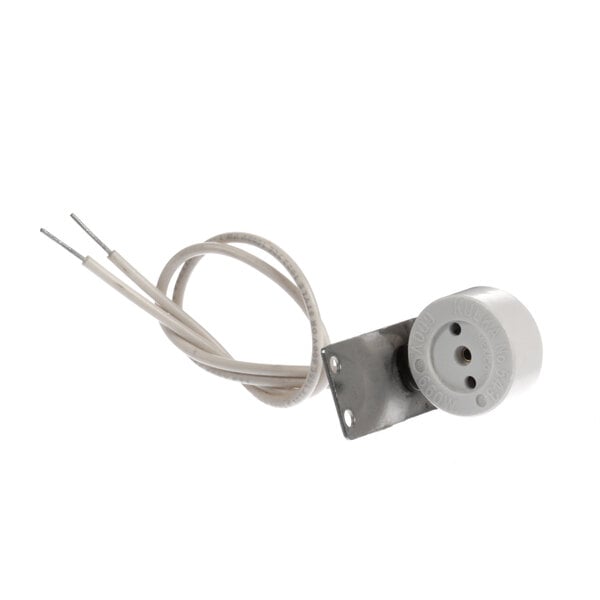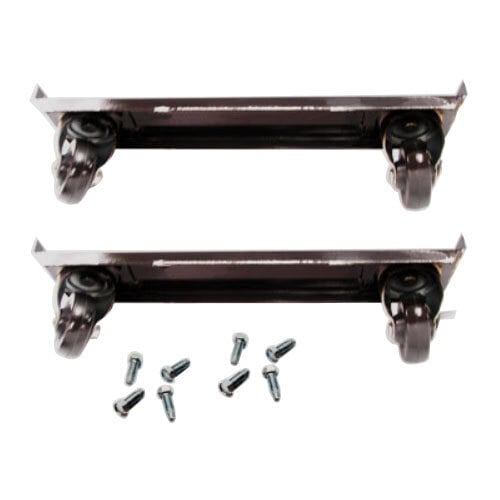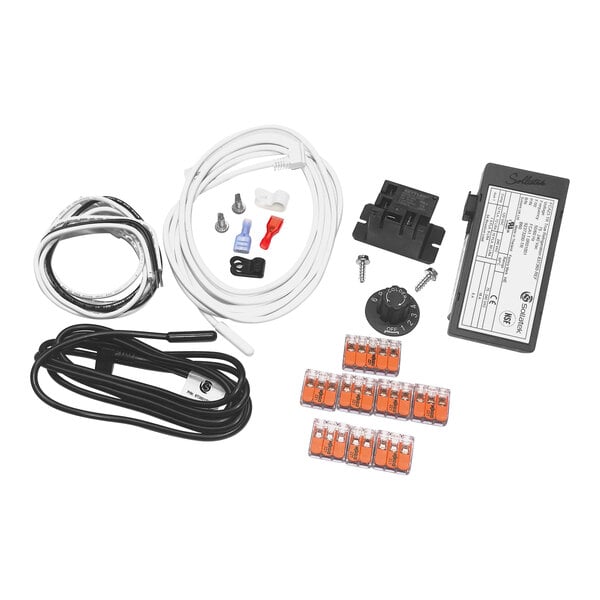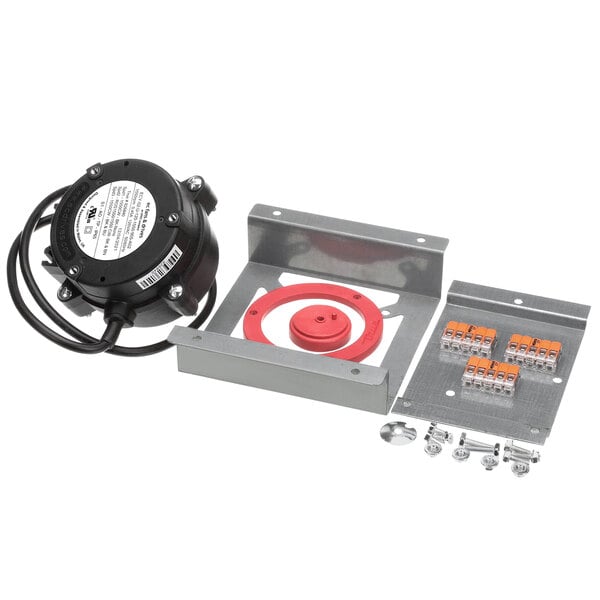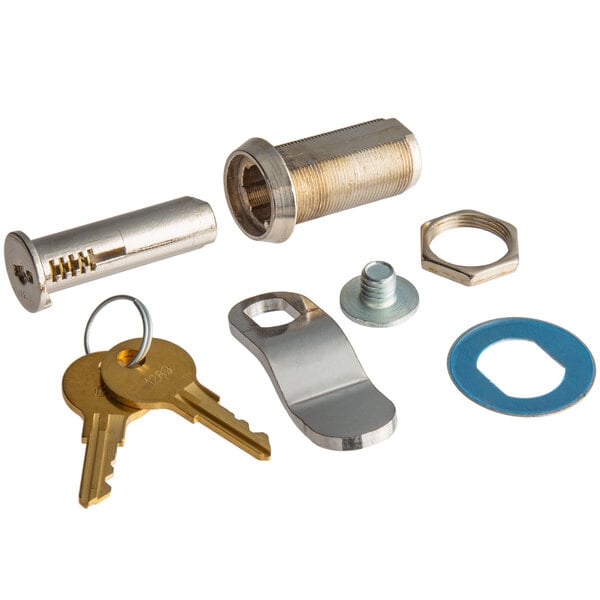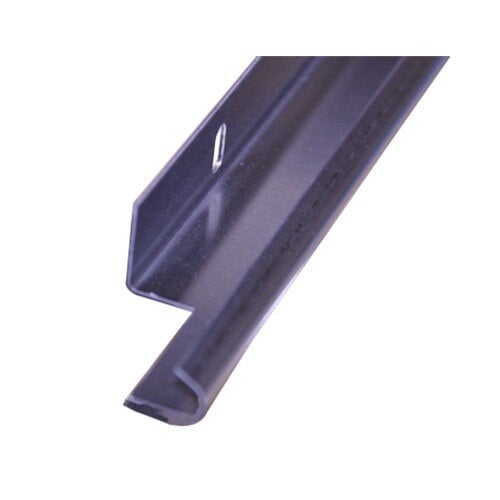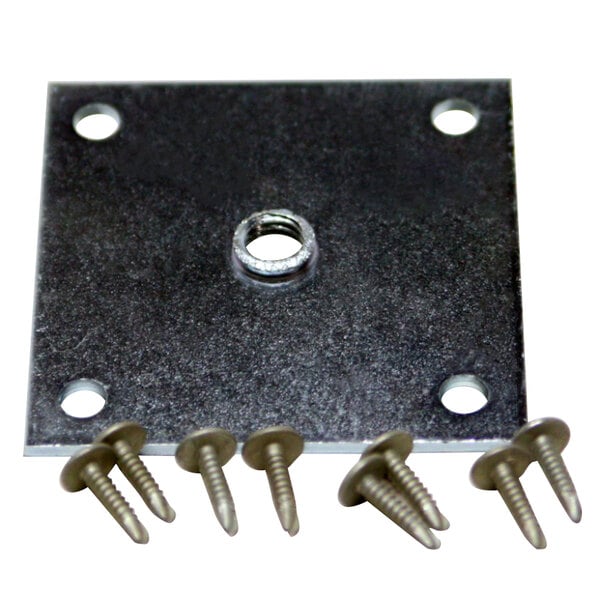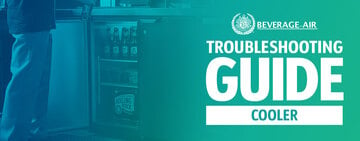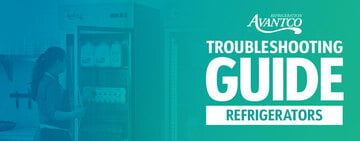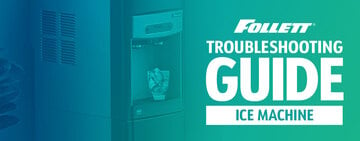There are several possible reasons why your True refrigerator or freezer is not cooling, including frozen evaporator coils, dirty condenser coils, and issues with your unit's door. Use the following instructions to address these refrigeration issues, and call a professional to replace any necessary parts. Additionally, check your warranty before making repairs to ensure your actions do not invalidate it.
Frozen Evaporator Coils
Frozen evaporator coils can lead to inadequate cooling and potentially spoilage of your perishable items. Some warning signs of this issue include a constant ticking sound coming from the refrigerator, water puddling underneath the unit, and a rise in the internal temperature. Here are some common causes and troubleshooting tips for dealing with frozen evaporator coils:
- Broken gasket: A worn-out gasket can allow warm air to enter the refrigerator, causing the evaporator coils to freeze. Inspect the gasket for any signs of damage, such as cracks or gaps. If you notice any issues, replace the gasket to create a proper seal and prevent air leakage.
- Incorrect thermostat setting: The evaporator coils freeze if the thermostat is set too low. Check the settings and ensure they match the recommended temperature range for your specific True refrigerator model.
- Poor ventilation: Place the refrigerator in a well-ventilated area and ensure there is enough space around it for proper air circulation. Remove any obstructions or debris blocking the vents or fans.
- Poor stocking: Overstocking the refrigerator can restrict airflow and prevent proper cooling, leading to frozen evaporator coils. Avoid overcrowding the refrigerator and ensure that items are properly spaced to allow adequate air circulation. Consider rearranging the contents to optimize airflow if necessary.
Door Won't Close
A door that closes correctly is essential for maintaining the desired internal temperature for your True Refrigeration unit. By addressing these potential issues promptly, you can avoid food spoilage, energy waste, and damage to your equipment.
- Broken gasket: The gasket is the rubber seal that lines the edges of the door, creating an airtight seal when closed. Over time, the gasket may become worn, cracked, or torn, causing air leaks and preventing the door from closing securely. Inspect the gasket for any visible signs of damage, such as tears or gaps, and replace it if necessary.
- Uneven surface: If your refrigerator is not level, the door might not align correctly with the cabinet. Adjust the legs or casters of your unit with other materials until it sits levelly.
- Uneven hinges: Over time, hinges may become loose or misaligned and prevent the door from fully closing. Inspect the hinges for any signs of damage or looseness and tighten or replace them as needed.
Dirty Condenser Coil
A dirty condenser coil is a common issue that prevents a True Refrigeration unit from cooling effectively. Dust, dirt, and grease accumulate over time on the condenser coil, hindering its ability to release heat. This buildup restricts airflow and causes the coil to work harder to cool the refrigerator, leading to decreased efficiency and potential damage to the coil.
Clean the condenser coil routinely to remove dirt and grease buildup, allowing the coil to function optimally. Disconnect the unit from the power supply, then gently remove dust and debris from the coil with a soft cloth or brush. Be careful not to bend or damage the delicate fins of the coil during the cleaning process.
If the buildup on the condenser coil is too severe, contact a professional technician to clean or replace the coil.



